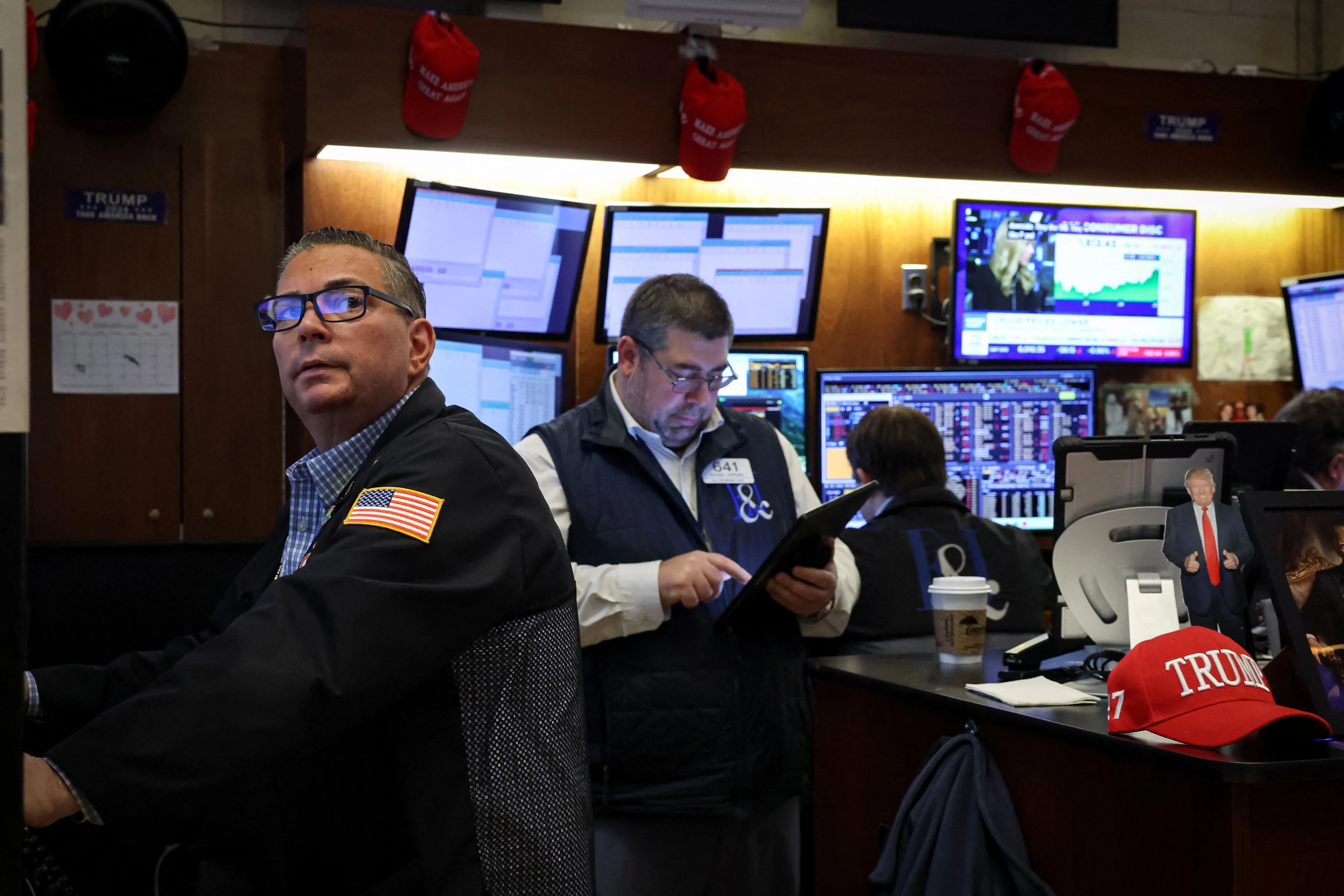Last week, gold embarked on another exhilarating climb, riding the momentum of a remarkable pullback in the US dollar. Gold’s surge in 2024 can be attributed to its role as a safety play against stubborn inflation and substantial purchases by global central banks.
Despite the backdrop of a higher interest rate narrative, gold’s resilience has been magnetic for investment flows. However, it quickly corrected after touching the recent high of US$2,488.40 per ounce on Jul 17, as momentum indicators warned of an overstretched advance.
The markets are abuzz with anticipation of a potential Federal Reserve pivot, driven by the sustained decline in US inflation. This narrative has rekindled hopes that the Fed may begin trimming terminal rates in September, a scenario that enhances the allure of gold.
Meanwhile, New York Fed president Bill Dudley has intriguingly suggested that the Fed could cut rates as soon as this week, amid recession concerns. He stressed that the Fed’s efforts to cool the economy are showing results. This also aligns with recent comments by Fed chair Jerome Powell, who stated that “elevated inflation is not the only risk we face”.
Whether or not the Fed might surprise markets with a rate cut, economic concerns are rising as prolonged “monetary tightening” could swiftly lead to a recession. So far, the Fed officials have managed to maintain a delicate balance.
Technically, gold’s trend remains bullish characterised by higher highs and higher lows forming within an upward channel. As long as no lower low is formed, the path of least resistance remains upward. If bulls make another move, gold might revisit its May high of US$2,450, which poses an immediate resistance before potentially reaching US$2,500. On the downside, gold can find support at the 50-Day Simple Moving Average of US$2,372 per pounce (S1), followed by the 100-Day Simple Moving Average of US$2,333 per ounce (S2). For the bulls to stay in control, one of the above-mentioned support levels must hold.
BT in your inbox
Start and end each day with the latest news stories and analyses delivered straight to your inbox.
While the markets may seem to acclimatise to the recent drop and consolidation at around US$2,400 per ounce, investors are seeking confirmation that the bullish trend will resume at current levels. Regardless of the short-term path, the longer-term gold forecast remains bullish, backed by a multitude of factors such as central bank buying, potential Fed rate cuts, and geopolitical turmoil in the Middle East. Gold markets are booming with positive sentiments owing to increased investment momentum.
In the latest budget, India has reduced its import tax on gold, a move timed perfectly for the festive season that is expected to ignite a surge in consumer demand. Gold holds a special place in the hearts of Indian consumers, not just for its industrial and investment uses but also for its cultural significance. With India being a major global buyer of gold, the reduction in import duty to 6 per cent is likely to drive strong global demand for the metal.
The unwavering appeal for gold as a safe haven asset has long contributed to its rising prices amid geopolitical uncertainties. Yet, for gold to maintain its current skyrocketing trajectory, a game-changing catalyst is needed. The Fed’s actions could play this crucial role.
Gold’s allure as an investment tends to glitter brightest when Treasury yields decline, as this reduces the opportunity cost of holding onto this precious metal.
In summary, the fundamentals back a bullish narrative. However, the second half of 2024 is set to be volatile, with the US election in the final quarter adding to the uncertainty. Developments in the Hamas-Israel war and a bumpy recovery in mainland China also possess the potential to churn the financial markets. Lastly, the evolving strength of the US dollar against a basket of currencies could expose gold to vulnerabilities.
The writer is senior market analyst at Phillip Nova







